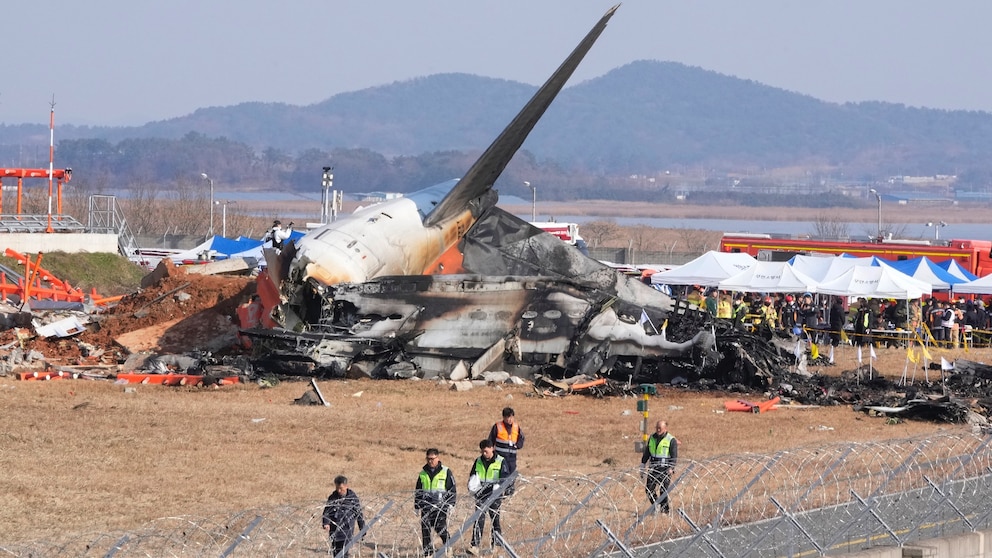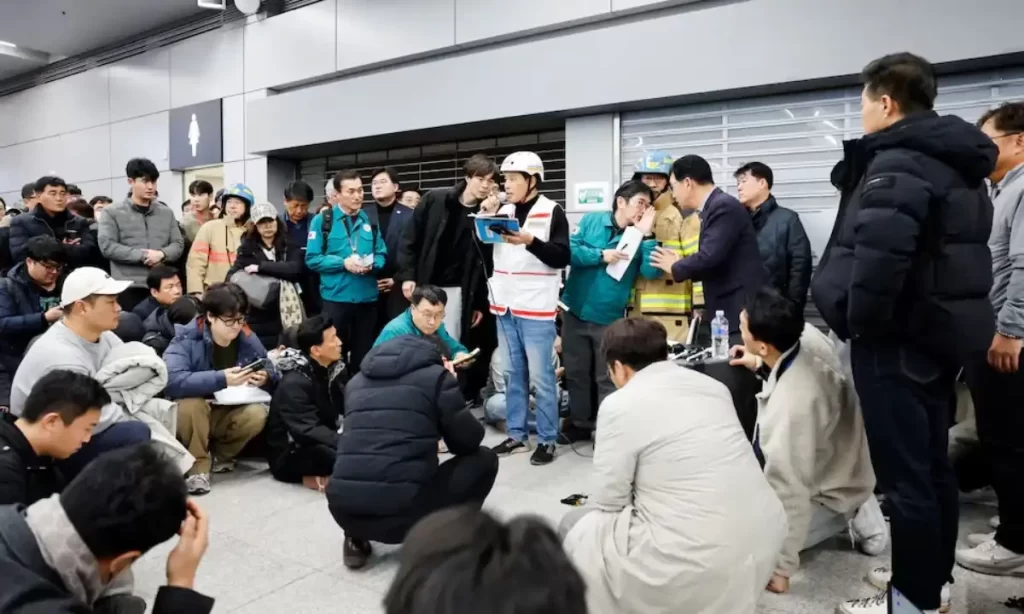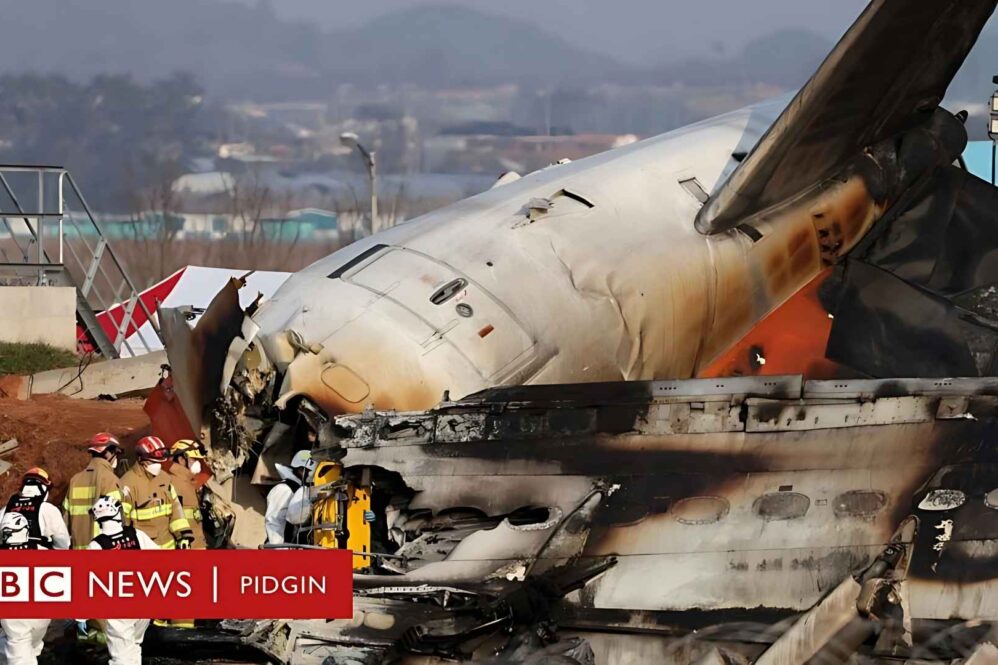The world is mourning the loss of 179 lives following a devastating plane crash in South Korea. A Jeju Air plane, carrying 181 people from Thailand to South Korea, crashed upon arrival, hitting a barrier and bursting into flames. Miraculously, two flight attendants were rescued from the wreckage, but unfortunately, everyone else on board perished.

The Current State of Aviation Safety
The recent crash in South Korea serves as a stark reminder of the risks associated with air travel. This tragedy follows the recent crash in Azerbaijan, which has raised serious concerns about aviation safety. According to the International Air Transport Association (IATA), the number of fatal accidents on commercial flights has increased in recent years. This trend is alarming, and the aviation industry must take immediate action to address these safety concerns.
Challenges of Transitioning to a Safer Sky
Improving aviation safety is a complex challenge that requires cooperation among governments, airlines, and regulatory bodies. One of the main hurdles is the implementation of new safety protocols and technologies across the industry. Such advancements require significant investment and resources, which can be particularly burdensome for smaller airlines. Additionally, the growing demand for air travel can place further pressure on safety standards.

Emerging Technologies: A New Era in Aviation Safety
The development of new technologies is crucial for enhancing aviation safety. Advances in areas such as artificial intelligence, data analytics, and the Internet of Things (IoT) can help reduce the risk of accidents. For example, AI-powered systems can analyze large amounts of data to identify potential safety risks and prevent incidents. Meanwhile, IoT sensors can monitor aircraft systems in real time, enabling maintenance crews to identify and address potential issues before they escalate.
The Role of Countries’ Policies and Regulations
National policies and regulations play a vital role in promoting safety within the aviation industry. Governments must establish and enforce strict safety standards to ensure that airlines operate safely and responsibly. Additionally, governments can incentivize airlines to invest in new safety technologies and protocols. For instance, the European Union’s Aviation Safety Agency (EASA) has undertaken various safety initiatives, including the development of new safety standards and the provision of training programs for airlines.
Case Studies of Successful Initiatives
There are several examples of successful initiatives that have improved aviation safety. For example, the Federal Aviation Administration (FAA) in the United States has implemented a range of safety measures, including the establishment of new safety standards and training programs for airlines. Furthermore, the aviation industry has adopted various safety protocols, such as collision avoidance systems and safety management systems (SMS).

Conclusion
The recent plane crash in South Korea is a heartbreaking reminder of the risks associated with air travel. However, it also underscores the necessity for the aviation industry to continue investing in safety initiatives and technologies. By collaborating effectively, governments, airlines, and regulatory bodies can work toward creating a safer sky for everyone. As the world grieves the loss of 179 lives, it is crucial to recognize the importance of aviation safety and the need for ongoing innovation and investment in this vital area.

















